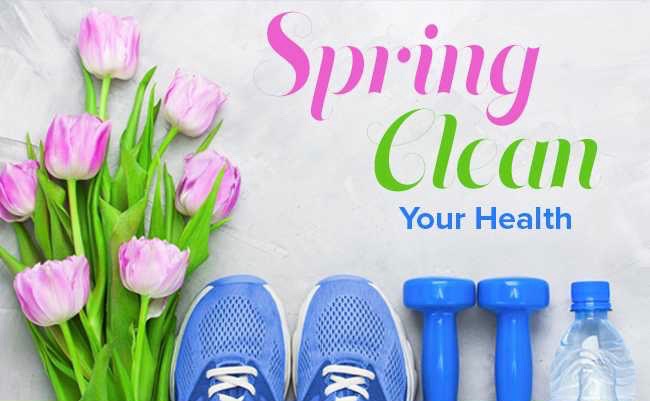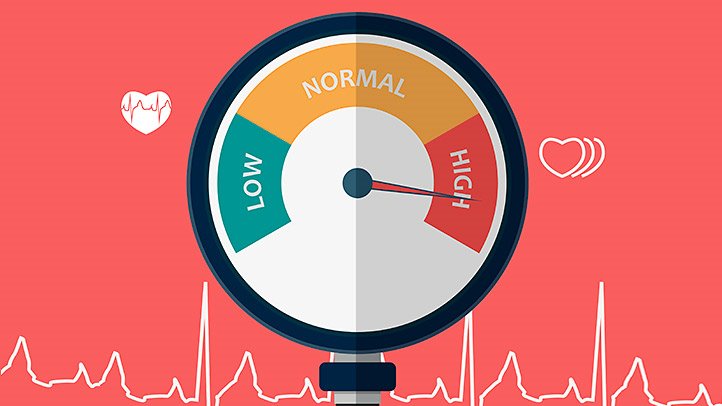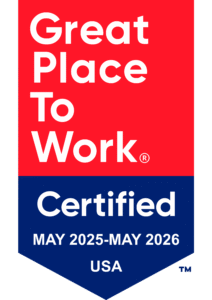APRIL 2018: Spring Clean Your Health
 Between the urge to hibernate and going off the rails with holiday goodies—winter can wreak havoc with your health habits. But spring, yes, spring brings the promise of something new! Here are some ideas to help you spring clean your health. I’ll bet you can think of more.
Between the urge to hibernate and going off the rails with holiday goodies—winter can wreak havoc with your health habits. But spring, yes, spring brings the promise of something new! Here are some ideas to help you spring clean your health. I’ll bet you can think of more.
Start by adding, not subtracting. When you take stock of your health habits, do you focus on all the things you need to give up? It could be that nightly bowl of Rocky Road or binge watching your favorite TV series—every day. It’s tough to give up some of your favorite things. Will you feel less deprived if you first add some healthy habits? Try ideas like this:
- Add a vegetable or fruit serving to every meal. To keep things interesting, try for a variety of colors, textures, and flavors. Choose local, organic, in-season produce whenever possible. Soon, local farmers’ markets will be overflowing with bounty…. Berries and broccoli and beans—oh my!
- Add a new activity, something you really enjoy, like dancing. It’s easy, free, and available right in your own kitchen or living room. And the kids (or grandkids) can join in on the fun.
- Add an educational show to your menu of viewing choices. Maybe it’s a documentary or something featured on PBS or the Discovery Channel, for example. Make it a weekly viewing party. You’ll create a social outlet and increase engaging conversation—great for your mind and emotional health.
Now, you can take a look at that list of habits to axe! Maybe its too much sugar or hefty portions of food. Could you start by getting rid of sugary drinks or by using smaller plates to help manage portion sizes?
Take it outside. It’s spring. Take advantage of nicer weather and get outside.
Researchers are increasingly finding health benefits of getting into nature—like lowering blood pressure and stress and boosting the immune system.
Speaking of nature, spring is also a great time to plant a vegetable garden. When you harvest your own food and find creative ways to prepare it, you may find it easier and easier to eat enough veggies.
With extra time outside, it might also be a good time to replace your worn-out walking or running shoes. Over time, they lose their cushioning effect, which may increase the chance of chronic foot pain. Don’t rely on a glance at the treads to know when to pitch them. If you walk up to an hour, three times a week, get a new pair of walking shoes every five months—sooner if you walk more.
Clean out your meds. As long as we’re on the subject of spring cleaning, why not do at least a little actual spring cleaning? April 28 is National Prescription Drug Take Back Day. It focuses on providing safe, responsible, and convenient ways to dispose of medicines. If you have any questions about when and how to get rid of your medicines, you know can always talk it over with our pharmacists.
MAR 2018: High Blood Pressure after Risk Redefined
 If you’ve got high blood pressure (hypertension), you’re in good company. The American Heart Association estimates that nearly half of all adults in this country have high blood pressure—when blood presses too hard against your blood vessels. That’s not something you can afford to ignore. It doubles your risk of cardiovascular disease—stroke, heart disease, and a bunch of other not-so-fun stuff.
If you’ve got high blood pressure (hypertension), you’re in good company. The American Heart Association estimates that nearly half of all adults in this country have high blood pressure—when blood presses too hard against your blood vessels. That’s not something you can afford to ignore. It doubles your risk of cardiovascular disease—stroke, heart disease, and a bunch of other not-so-fun stuff.
New numbers. You might think you’re in the clear when you’re not. Last fall new guidelines redefined high blood pressure as 130 over 80. Before, 140 over 90 was considered the threshold of high blood pressure.
Do you know your numbers? Hmmm, I didn’t think so. Lots of people don’t. But it’s easy to find out. You can come into our store for a free blood pressure reading, or you can buy your own monitor to check it at home. Of course, doctors and nurses also routinely check it when you come in for a visit. If they don’t tell you your reading, be sure to ask for it.
Signs to watch for. Most of the time, high blood pressure is silent—it doesn’t cause symptoms. But sometimes it does, especially if your numbers are very high. Signs to watch for include mild, long-lasting headaches or brain “fog.” A “hypertensive crisis” can cause a crushing headache. If you have one, don’t wait: get to the emergency room right away.
Other uncommon symptoms linked with high blood pressure include bloating, decreased urination, sudden vision loss, dizziness, or trouble keeping your balance. Granted, many things can cause these symptoms, so don’t panic. When in doubt, though, see your doctor.
How to lower your risk. You can inherit high blood pressure, so find out if close relatives have had it. That includes your parents, siblings, or grandparents. It’s especially important to know if any of them had a heart attack at a young age.
You can’t do a darn thing about your genes. But if you do have a genetic risk or your numbers are high, there’s a lot you can do to reduce your lifestyle risks. For example, your doctor may recommend increasing your exercise to 30 minutes at least 5 days a week.
The DASH diet is also a great place to start. The U.S. News and World Report rated it the best “overall” diet among nearly 40 diets it’s reviewed. DASH focuses on vegetables, fruits, whole grains, low-fat dairy, and lean proteins, among other things. When combined with a diet low in salt, it can be very effective at managing blood pressure. Within just two weeks, it can lower blood pressure a few points—with a drop of eight to 14 points over time. DASH also gives you a two-for-one: It can also lower blood cholesterol.
If you need medications. You might need to take medications for high blood pressure, especially if you have other risk factors for cardiovascular disease. Be sure to let your doctor and your pharmacist know if side effects are a problem. We may be able to tweak your dose or have you try another medication. We want to help you succeed at seeing those numbers go down!
- « Previous Page
- 1
- …
- 51
- 52
- 53
- 54
- 55
- …
- 62
- Next Page »
